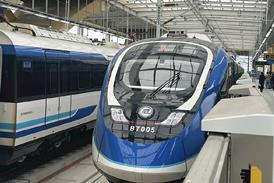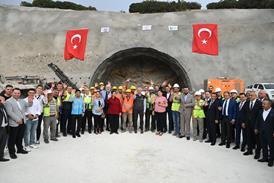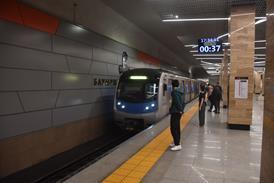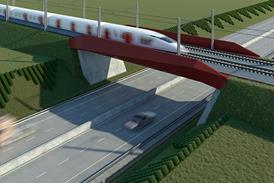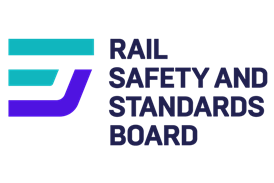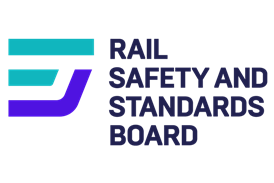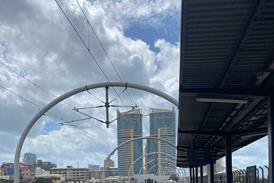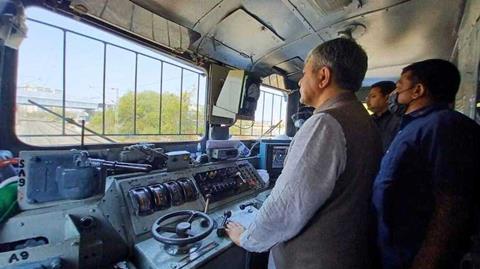
INDIA: Following a series of serious train collisions in recent months, Minister of Railways Ashwini Vaishnaw has instructed Indian Railway officials to accelerate the implementation of the Kavach automatic train protection system.
According to an IR report, the work is to be undertaken in a ‘structured mission mode’, with ATP to be installed on 44 000 km of track over the next five years. The programme will use the latest version, Kavach 4.0, which was formally approved by the Research Designs & Standards Organisation on July 17 and presented to Vaishnaw in early August.
The updated iteration is designed to address communication issues under certain geographical conditions, including hilly, forested, coastal and desert areas. Instructing IR officials to equip all locomotives with the system ‘promptly’ once it is ready, Vaishnaw emphasised that existing installations should also be upgraded to Kavach 4.0 to ensure a uniform application across the network.
Kavach (meaning armour) was developed by RDSO in partnership with three Indian companies — Medha Servo, HBL Power System, and Kernex. The first version, designated Train Collision Avoidance System, underwent field trials in 2015-16 before the specification was formalised in March 2017. Final approval was issued in 2019, when SIL-4 safety certification was secured, and the technology was officially adopted as the national ATP system in 2020.
Unlike the European Train Control System, Kavach is not intended as a replacement for conventional lineside signalling, using a centralised radio block centre. It is a localised overlay system using RFID tags to determine track positions and train direction, based on track-to-train communications at each station, as well as train-to-train collision avoidance warnings. It also provides an onboard display of signal aspects to enable safer operation in adverse visibility. The system costs around Rs5m per km to install.
Budget boost
By early August, Kavach had been installed on 1 456 km of South Central Railway, accounting for just 3% of the national rail network, along with 144 locomotives.
The Indian government allocated funding in its 2022-23 national budget for rapid implementation of Kavach on an initial 2 000 km route-km, with a view to rolling out the system across the ‘Golden Quadrilateral’ by 2027-28. This covers around 34 000 track-km on the arterial routes linking the country’s four metropolises — Delhi, Mumbai, Chennai and Kolkata, along with the north-south and east-west two diagonals.
Funding for the deployment of Kavach 4.0 was increased to Rs1·08tr in the 2024-25. This will enable the installation of ATP on an estimated 9 000 route-km over the next two years, ramping up to between 5 000 and 5 500 km per year from FY2025-26 onwards, as IR moves into ‘mission mode’.
Tenders are to be called by October for fitting Kavach 4.0 onboard equipment to an initial 10 000 locomotives, or around half of IR’s main line fleet. Vaishnaw added that ‘the remaining 10 000 locomotives will be taken up in a phased manner’, with the work expected to be completed within four years. The latest WAG-9HH locomotives and Vande Bharat trainsets are to be equipped from new.
According to the ministry, the Howrah – Delhi and Delhi – Mumbai axes totalling 3 000 km will be equipped by March 2025. The Ministry of Railways has decided to invite tenders for equipping the Mumbai-Chennai and Chennai – Kolkata routes totalling 3 300 km, plus a further 5 000 km already equipped with automatic signalling. ‘I think the tender process will be completed in another couple of months and installation will start from October 2024 onwards’, Vaishnaw told local media on August 7. ‘Kavach will become operational on the Mumbai – Chennai and Chennai – Kolkata route as well as all automatic signalling sections in another three years.’
The minister explained that the initial three manufacturers had increased their installation capacity from 1 000 km to 4 000 km per year. Two more Indian companies — Quadrant and Digitronics —are now being positioned to supply equipment for the programme, which will increase the annual capacity to meet the target 5 500 km.
The minister emphasised that ATP was crucial for modern railways, enhancing safety by mitigating human error and ensuring reliable operations. While Kavach would not be able to detect track failures, IR and its partners expect it to prevent 100% of red signal violations, as well as monitoring train speeds and applying the brakes automatically to prevent collisions.
Further upgrades are planned so that Kavach can handle trains operating at up to 160 km/h, as this operating speed is envisaged for the majority of the New Delhi – Mumbai and Howrah–Delhi main lines. Trials were undertaken in the Agra Division on February 16, with an eight-car Vande Bharat trainset running at 160 km/h between Mathura and Palwal. The Kavach equipment was able to stop the train 10 m before the red signal without any intervention from the driver.
However, Vaishnaw clarified that future improvements in line speed would not depend solely on Kavach installation, but would also require track improvements and the installation of lineside fencing.

